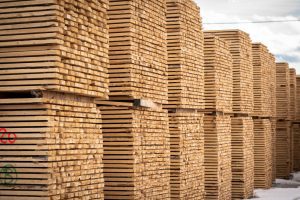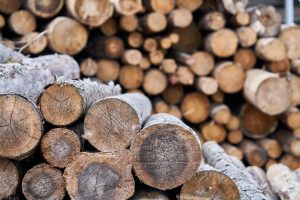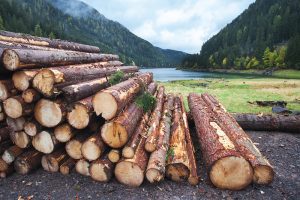During the onset of the pandemic, many Canadian families began undertaking home building or renovation products to help pass the time.
What they discovered, however, were increasingly high prices of lumber. Even more frustrated were building contractors whose projects get delayed, or who lost customers.
So why is the price of lumber so high in Ontario?
According to industry experts, lumber prices were already climbing before the pandemic escalated things even further.
That’s due to historic floods in British Columbia (B.C.), high duties on lumber in the United States, and delivery backlogs both domestically and internationally.
Table of Contents
Why does flooding in B.C. affect lumber prices?

“British Columbia is a major supplier of lumber to Canada as well as other international markets.
Liz Kovach, head of the WRLA, said that the effect of weather on transportation and log harvesting has been significant.
There is also a rising property market to be blamed for the surge in costs. Construction workers and residents have both been aggravated by the situation.
How much did lumber prices escalate in Ontario during the pandemic?
As a result of the COVID-19 outbreak, the cost of essential materials like wood has risen sharply.
Despite working in the commercial sector, one contractor estimated that a standard 2,200-square-foot ranch house throughout the pandemic would have experienced a price rise between $30,000 and $35,000, with two-thirds of that increase due to higher lumber costs.
Also, sheet metal, which is utilized in ventilation systems and to manufacture equipment, showed a significant surge during the pandemic.
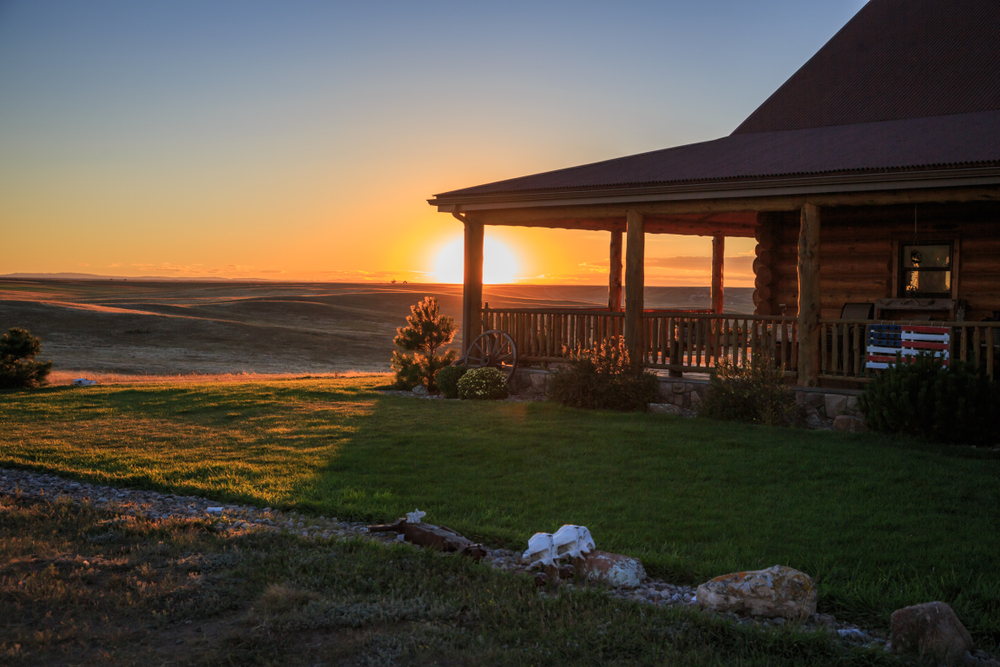
He stated sheet metal was 43 cents per pound in southern Ontario before COVID-19 and peaked at roughly $1.80 per lb.
What were the lumber prices before the pandemic?
Plywood in 5/8′′ thickness was selling for roughly $45 before the outbreak. According to him, the price peaked at $130 before dropping to around $100.
How long until lumber prices rise again?
Canadian Home Builders Association executive director Jennifer Cotton noted that analysts, experts, and members of the association don’t see any recovery on the horizon after price stability surged.
If there’s a minor hiccup in the market, “every small blip in it causes a rippling impact,” Cotton explained.
In a disorderly way, the flooding disrupted things. For the Insurance Bureau of Canada, the insured damage from this year’s downpour is estimated to be $450 million, making it the “most expensive major weather occurrence in the province’s existence.”
Malahat Highway, Coquihalla Highway, Highway 99, and Highway 1 along with Vancouver Island were all affected.
The storms of November struck at a time when prices were beginning to fall after significant rises.
“They’re sneaking up once more and there’s no expectation of it losing momentum or staving off at all,” Cotton adds.
How much did lumber cost in Ontario in early 2022?

SPF 2x4s are currently selling for nearly US$1,200, as per the province, which keeps track of lumber prices.
There’s a significant backlog of materials both domestically and internationally, according to the Home Builders Association.
When this occurs, suppliers are forced to purchase from their rivals at higher prices, which they then transfer to the consumer.
What is the impact of lumber prices on construction contracts?
As a result of the B.C. floods, the City of Abbotsford has already received 40 construction applications, which will further heat the market.
When it comes to contracts, the good thing is that contractors have figured out how to handle market volatility.
When the pandemic began, Cotton recalled, “That was a major topic we were having. A lot of contractors got caught because they signed contracts that didn’t allow for any kind of rise.”
“Since then, things have changed. We’ve been dealing with this kind of price volatility for about two years now.”
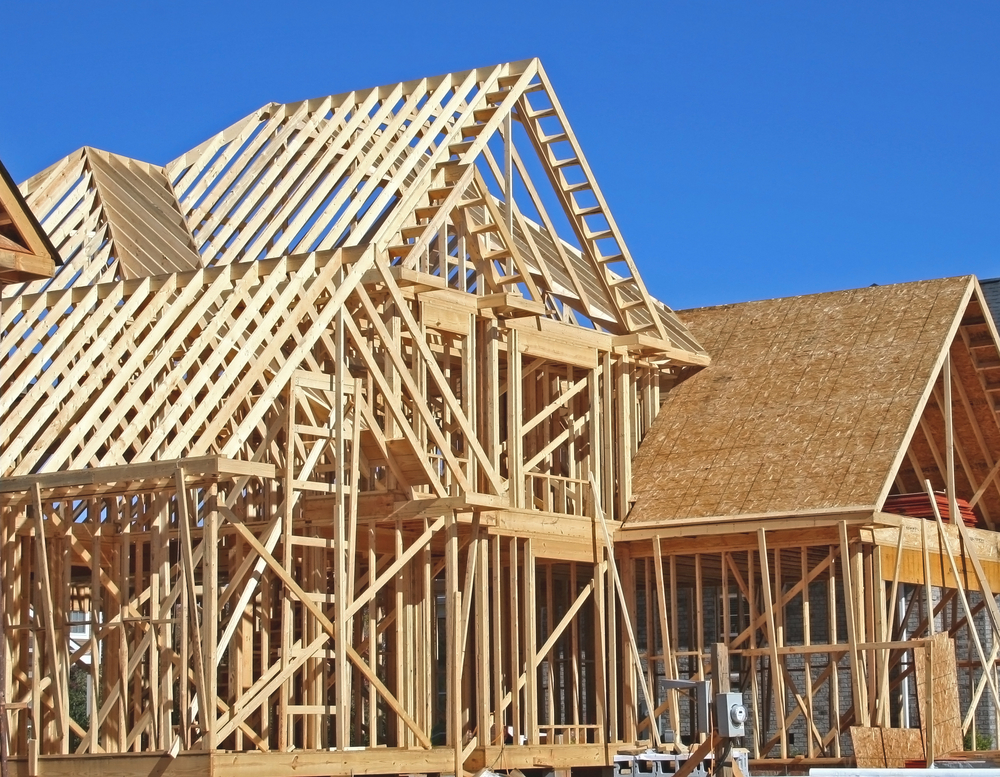
As a result, the contract has been amended by the builders.
Are builders concerned about lumber prices?
According to the Building Association, the federal authorities named home construction as a sector that would assist with driving the economy at the start of the pandemic.
According to the organization’s leader, “That’s terrific in many respects, but it puts extra pressure on it. Who knows what will happen when this pandemic is over? It’s going to go away at some point.”
According to the experts, “We don’t expect any relief shortly, so we’re just having to adapt.”
According to the head of the BC Lumber Trade Council, Susan Yurkovich, this year was the most turbulent in the province’s record for lumber pricing.
It’s the tremendous supply chain interruptions that caused everyone to stay in their homes and desire to build a deck or refurbish their basement.
“As a result, we saw a lot of interest in the repair and remodeling market,” Yurkovich said.
What is the impact of changes in the U.S. construction industry on Ontario’s lumber?
After a long period of stagnation, the housing market in the United States is beginning to rebound from the financial crisis of 2008.
Because of the extended period of under-building, notably in the United States, “You have a great demand for housing,” according to the Builder’s Association.
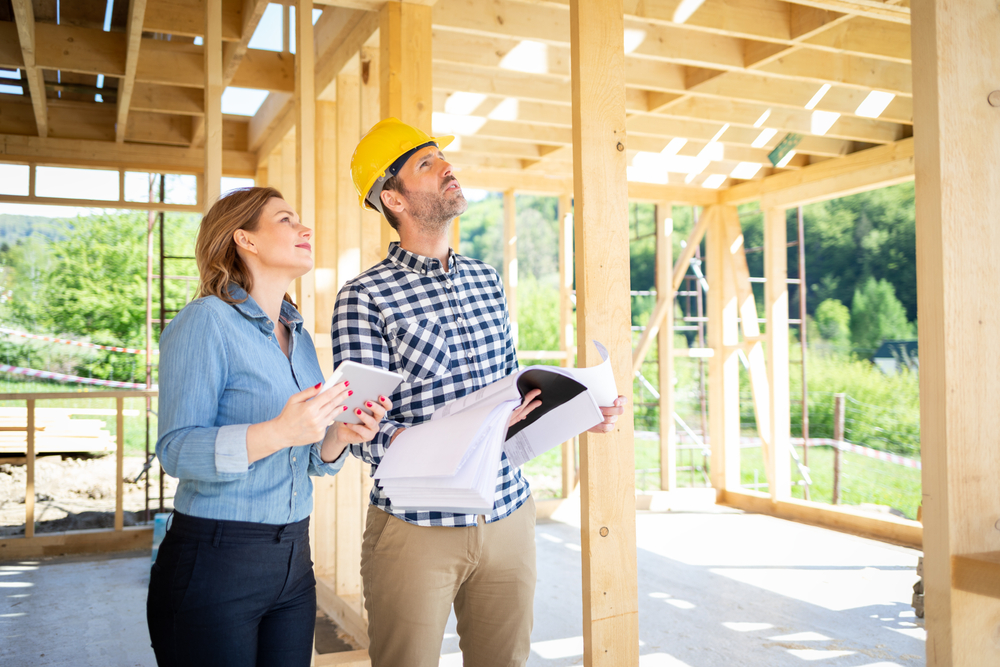
As a result of historically low borrowing rates and the fact that a large proportion of the population, notably in the United States, is approaching the household formation time frame, many people are increasingly seeking housing.
Prices rise when high demand is coupled with B.C.’s historically destructive wildfires and rainy seasons affecting supply chain infrastructure.
On top of that, the United States imposed new tariffs tied to a 40-year-old trade conflict involving lumber during the month of B.C.’s storms, doubling the penalties.
Can Canada increase lumber production to help reduce lumber prices?
According to the Builders Association, duties went from 9% to roughly 18% in November, and that is added to the cost of lumber over a few weeks. Now they’re back to lumber pricing of $1,100 in early 2022,” a representative said. “There are a lot of things going on at once.”
However, it’s not just a matter of churning out more products. Laws governing sustainable lumber harvesting restrict how many trees may be felled, and the builders expect that number to continue to fall for the foreseeable future.
Bad flames and beetle devastation are to blame for this.
There is no doubt that high lumber prices are good for lumber companies, but “over time, you don’t want that type of volatility,” they said.
“Companies, communities, and workers don’t all benefit from it.”
Why did lumber producers halt production at the onset of the pandemic?
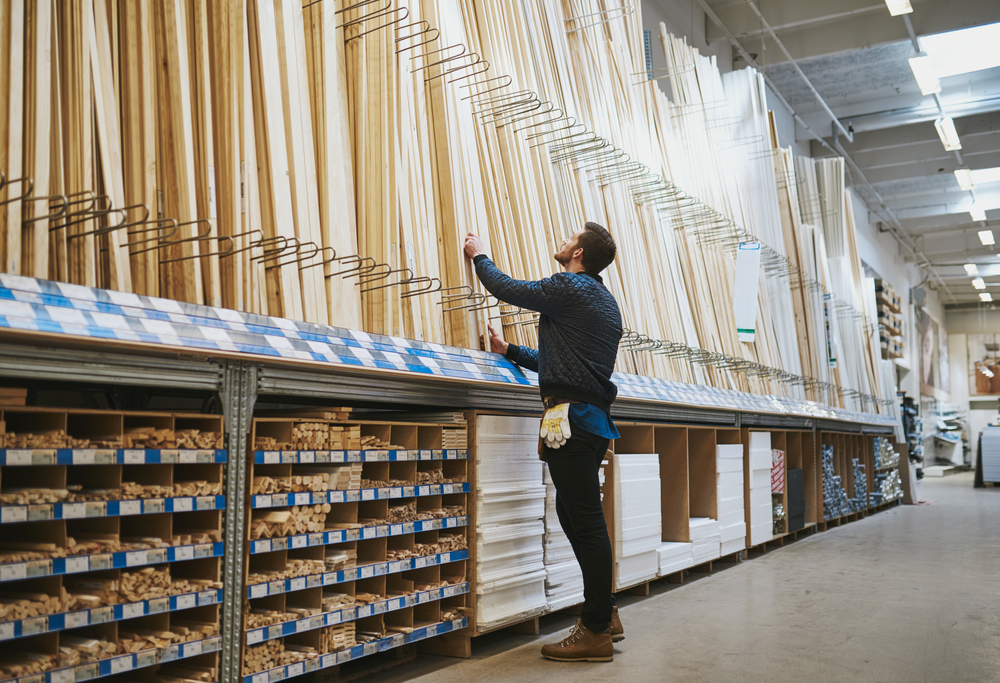
In early 2020, when COVID-19 first hit, most timber providers slashed production in the belief that the pervasive lockdowns and insecurity in the economy would halt construction activity and reduce demand for houses, and therefore, wood.
Lumber companies didn’t anticipate an increase in home purchases and home remodeling because of the rise of remote employment and millennials entering their peak home-buying years.
Construction didn’t slow down as expected, and officials soon labeled the industry as “vital.”
As a result, in 2020, the price of this critical building material skyrocketed. To counter this, lumber’s price began to fall towards the middle of the year 2021 as output levels stabilized.
In 2022, why are lumber prices in Ontario and the United States still rising?
A senior strategist at the National Association of Home Builders (NAHB) believes that the current spike in timber prices is attributable to a combination of factors.

- Building projects have been placed on hold due to ongoing supply chain delays for frame components
- Price volatility was increased by the doubling of tariffs.
- Lack of domestic lumber production compared to the rate of growth in the number of houses built
- In November 2021, historic flooding devastated parts of southern British Columbia and Washington (two main lumber-producing regions).
How much are the U.S. tariffs on lumber affecting prices?
For Associated Builders and Contractors economist Zach Fritz, a combination of high lumber tariffs and rising home demand is driving the rise in timber costs.
For softwood lumber imported from Canada, the U.S. Department of Commerce announced in November 2021 that tariffs would be doubled from 9 percent to 17.9 percent in 2022.
Fritz pointed out that this is a slight reduction from the previous administration’s 2017 tariffs of 20% on lumber, which were reduced to 9% in December 2020 in response to historically high prices for lumber.
Since lumber prices increased, has the demand for new housing declined?
Additionally, home starts reached a record high in November 2021, matching the previous peak set in September 2006.
Several factors are driving up the demand for new housing, including a surge in the number of millennials entering the housing market.
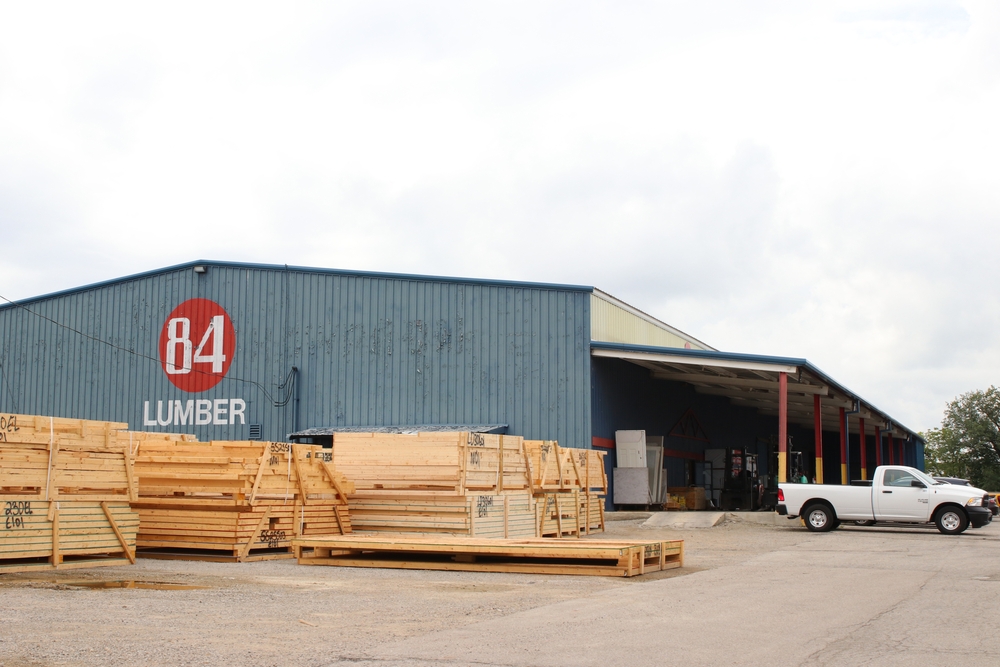
There’s also a decline in the number of retirees downsizing and an increase in the number of migrants coming from the Northeast towards the Southern region of the country.
All that combines with a transition from urban to suburban living caused by the pandemic, according to Fritz.
In the construction industry, lumber is a critical component, accounting for around one-sixth to one-third of the total cost of a home.
Will the trends affecting lumber prices die down soon?
Lumber prices will continue to rise as long as current patterns persist. The lumber tariff dispute between the United States and Canada stretches back to the 1980s.
Despite a historically low housing supply, residential building permits have been reaching their top point since 2006.
Expect timber prices to remain high “as long as tariffs remain in place and demand for homes continues to outstrip supply,” Fritz added.
The United States has the highest percentage of single-family homes built using lumber of any country in the world.
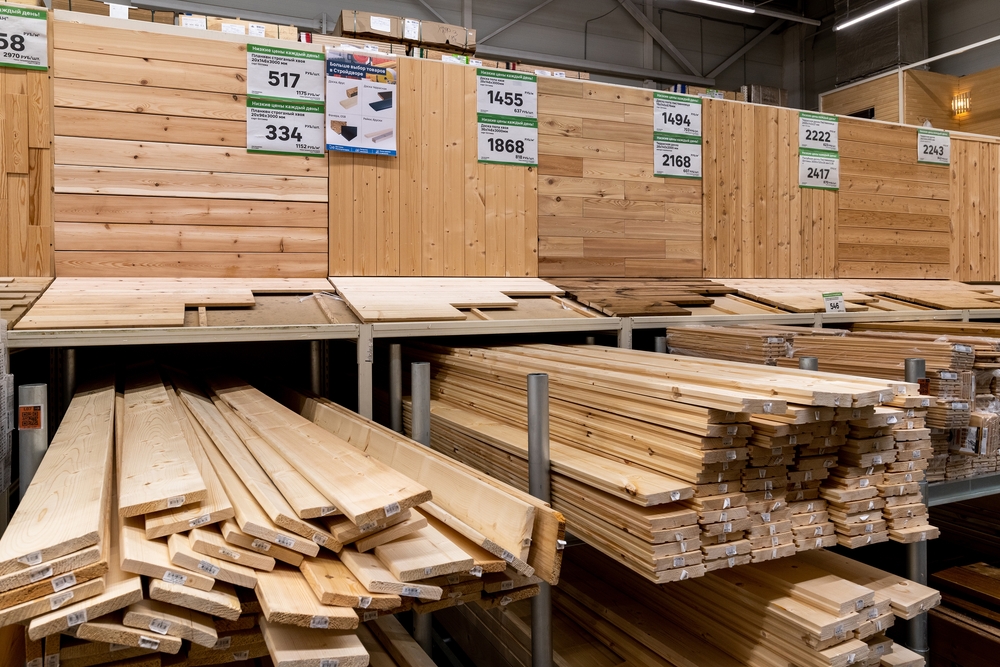
Only around 20% of single-family dwellings are constructed with lumber in the United Kingdom, by comparison.
Since steel and concrete have also suffered price hikes in recent months, Fritz believes this trend will continue for the foreseeable future.


